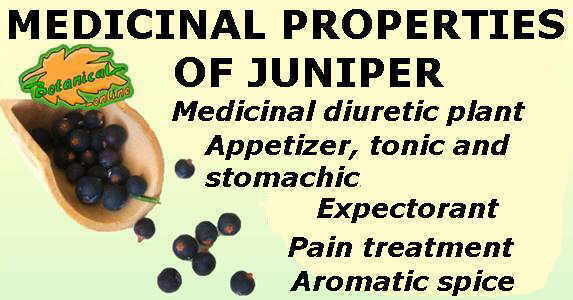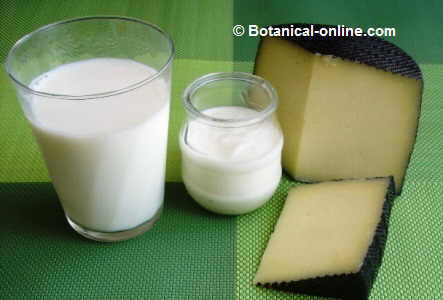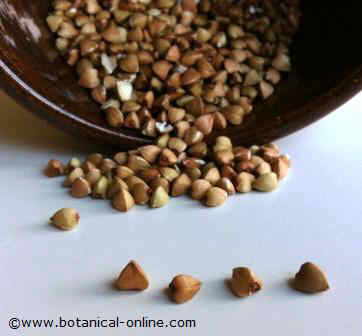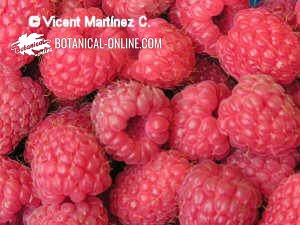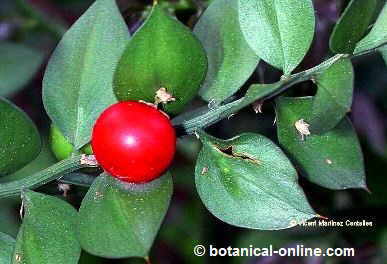Contents
- 1 Can babies eat soy?
- 1.1 SOYMILK, TOFU AND SOY FOR INFANTS
- 1.2 Can babies eat soy products?
- 1.3 When and how to eat legumes?
- 1.4 Do legumes provide much protein to a baby?
- 1.5 Protein sources for babies
- 1.6 Soybeans should be the last legume given to babies
- 1.7 Does soy or tofu is recommended for children?
- 1.8 Soybeans for vegetarian children
- 1.9 At what age soy can be introduced to babies?
- 1.10 Tofu for babies and children
Can babies eat soy?
SOYMILK, TOFU AND SOY FOR INFANTS
Can babies eat soy products?
Babies can eat soy, however, there are better and more desirable options before giving them soybeans or soy beverage.
Soy is NOT a food especially recommended for children because it is high in phytoestrogens. It can be eaten occasionally, but it is preferable to consume other legumes such as lentils, peas or chickpeas.
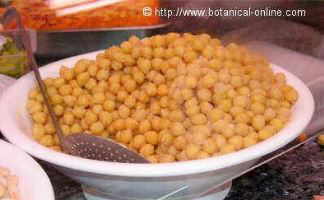 Before eating soybeans, babies are preferable to eat less phytoestrogenic legumes, such as chickpeas Before eating soybeans, babies are preferable to eat less phytoestrogenic legumes, such as chickpeas |
Soy should be introduced at least when a baby is 12 months old, and never before.
When and how to eat legumes?
The introduction of legumes should always be from 12 months or later.
To be more digestible, they must be put in long soak for 8 hours (soaked overnight) for deletion of their anti-nutrients and properly cooked (so as not to be so hard).
The should be given within purees, or slightly squashed, so that children can play with them, something that they love very much (watch for choking risk).
Do legumes provide much protein to a baby?
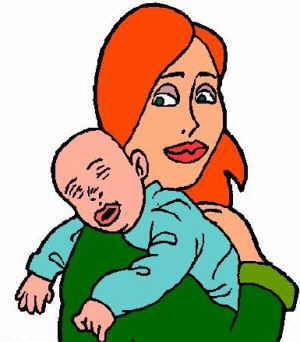 Baby’s diet has many proteins that provides breast milk Baby’s diet has many proteins that provides breast milk |
Keep in mind that breast milk is more nutritious. Therefore we should not be worried if a baby does not eat much vegetable food.
During the first months of life breastfeeding is more important than any food diet .
The introduction of food helps the baby to contact with flavors and food, but for the baby diet the main source of protein and energy must be breast or formula milk.
Protein sources for babies
Protein needs are based on body weight. Given the low weight of children, they can perfectly meet their protein needs from the baby bottle.
Fruits, rice, carrots and other foods serve to provide energy and other nutrients, but it is not necessary for children to obtain a lot of vegetable protein as long as they get breast milk or other protein foods.
Soybeans should be the last legume given to babies
You will usually first give your baby peas and chickpeas, followed by lentils, as they have a milder flavor and they are better accepted by babies.
Peeling the legumes is recommended. Eliminating the skin will prevent excessive gas formation in the baby’s intestine. Once these foods are well tolerated, you can proceed to introduce other.
Does soy or tofu is recommended for children?
Soybeans should be the last legume given to children, which can consume as something casual.
Similarly, soy is not recommended for children especially because it is high in phytoestrogens, plant substances related to the benefits of soy for menopause.
Soybeans for vegetarian children
It is preferable for vegetarian children to obtain their proteins from other legumes such as lentils or chickpeas.
Instead of soymilk, it is recommended rice drink enriched with calcium.
At what age soy can be introduced to babies?
The recommended age for introducing soy is from 12 months, evidently having tried with peas, lentils and chickpeas.
As flatulent foods, any vegetable is introduced very sparingly and boiled, to be more digestible. Soybeans should be well cooked and never raw, since raw soybean is toxic to both babies and adults.
Metabolism of baby is not fully developed, so if the introduction of legumes is done too early, they will not be tolerated, so it will probably cause colic or flatulence. It should be noted that, sometimes, legumes can also cause food allergies.
Tofu for babies and children
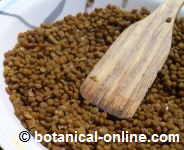 Children usually like lentils, however they must be soaked and cooked properly Children usually like lentils, however they must be soaked and cooked properly |
Do not give raw tofu as if it were cheese, because it is a food that requires cooking. A piece of tofu (about 25 grams) should be boiled for 15 minutes. After this, it can be added to a mash or a puree, along with the other ingredients.
This same recommendation should always be applied for both children and adults, because tofu is a food that needs to be prebaked at least 15 minutes. Crude tofu can give the same intestinal discomfort than any undercooked legume.
We must also crush or mash a baby’s food, both to facilitate chewing, and to allow playing with food without choking hazard.
* Related information:
![]() More information on soy and derivatives.
More information on soy and derivatives.

